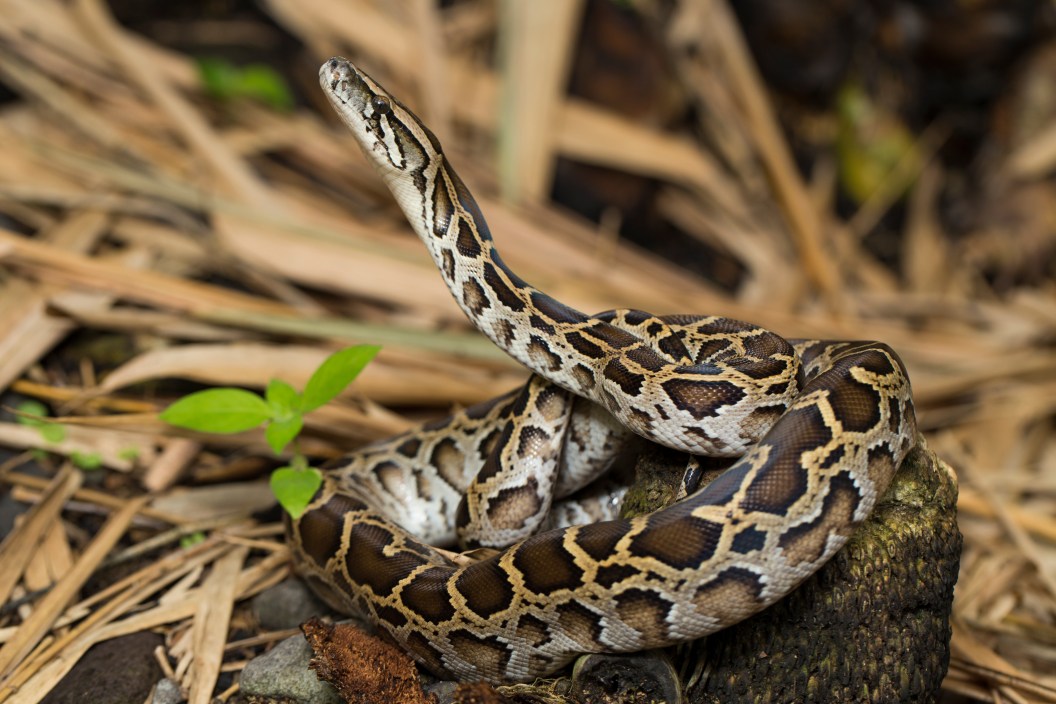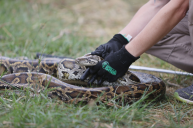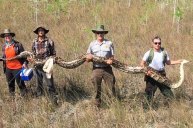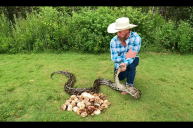Burmese pythons have been the bane of the Florida Everglades since the 1970s. The invasive snakes have upset the natural balance of swamp ecosystems for decades and are now moving north out of the Glades and into other parts of the state.
To combat the ongoing problem, Florida started the Python Challenge to round up and remove the reptiles. They're even looking into offering guidelines for citizens who want to eat snake meat. That's still not enough to cull the evergrowing population of Florida pythons.
The biggest reason these slithery invaders spread is that they have no natural predators. It's challenging for the resident animals to fight off an apex predator who can grow more than 19 feet long and weigh over 150 pounds. But that all is beginning to change.
A recent study by the U.S. Geological Survey and other partners shows that some of the areas predators are starting to fight back against the snake invasion. Researchers studied the deaths of 19 baby Burmese pythons from May 2021 to February 2022.
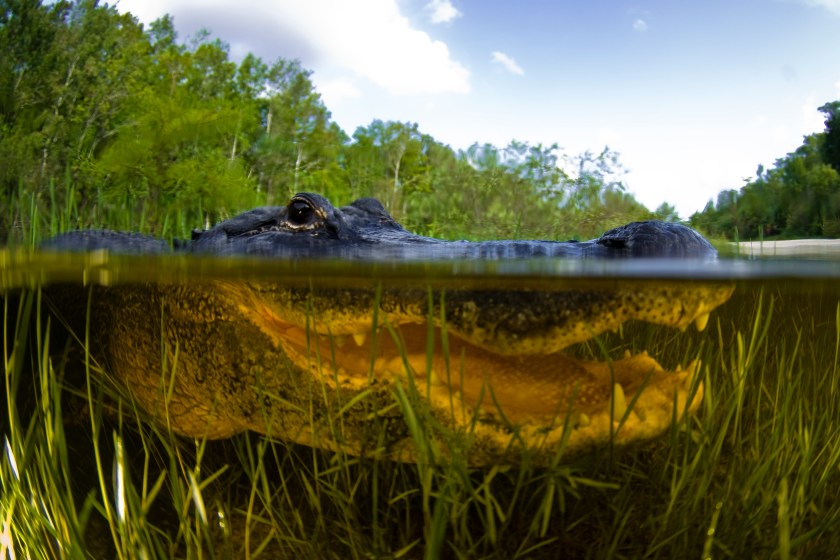
Researchers used radio transmitters to keep track of the young pythons. As soon as a tracker's mortality sensor went off, they checked on the snakes. Five of the pythons had been killed by alligators. Scientists determined that three others were killed by a mi-sized mammal, possibly a bobcat, and three more were killed by cottonmouth snakes. One died because it tried to eat a rat that was 106% heavier than itself. The rest of the deaths were not attributed to a specific animal.
It's common to see native species feasting on smaller snakes, and it branching out to pythons is a positive sign for those taking on the herculean task of managing the fast-growing python population.
Researchers hope they will be able to glean more data on the native species recognizing young pythons as prey in the future.
"We need more information and are continuing to track juvenile pythons in Southern Florida to understand their ecology, particularly movement, habitat use, and survival," biologist Mark Sandfoss told USA Today. "Our role as scientists is to try to tip the scales in the direction of the native species and identify the weaknesses of the invasive species that we can exploit for management purposes."
